What is DataStax
DataStax is a provider of cloud-native services, specialized in managing distributed databases built on Apache Cassandra. DataStax solutions are built for scalability, reliability, and performance, making them suitable for big data applications.
DataStax, founded in 2010, provides tools that help organizations manage large data volumes, optimize resources, and manage real-time applications. The company’s offerings include Astra DB, a database-as-a-service (DBaaS) for Cassandra, providing a platform to build modern data-driven applications.
The acquisition of DataStax by IBM
IBM’s acquisition of DataStax marks a significant shift in the database management industry. With IBM’s focus on cloud services and enterprise data solutions, this move highlights its commitment to expanding its capabilities in handling distributed databases, particularly those built on Apache Cassandra.
For existing DataStax customers, the acquisition raises questions about the future of the platform, including potential changes to product offerings, pricing models, and support structures.
Historically, IBM has integrated acquired technologies into its broader ecosystem, which could influence DataStax’s roadmap to align more closely with IBM’s cloud and data services. While this may improve the platform with IBM’s resources and reach, it could also lead to adjustments that impact customers who require flexibility outside of IBM’s infrastructure.
This acquisition could present both opportunities and challenges. While some enterprises might benefit from IBM’s extended support and integration capabilities, others may seek alternative database management solutions to maintain greater independence and control over their data environments.
Related content: Read our guide to DataStax Cassandra
Notable DataStax competitors
1. NetApp Instaclustr

Instaclustr for Apache Cassandra provides a reliable, fully managed solution for deploying and running Cassandra without operational headaches. Instaclustr emphasizes simplicity, cost-efficiency, and transparency, allowing businesses to maximize the benefits of Cassandra while avoiding proprietary vendor lock-in.
- Open source commitment: Instaclustr uses the pure, unmodified version of Apache Cassandra 2.0 license, ensuring compatibility with the open source ecosystem and avoiding costly proprietary software or vendor lock-in.
- Pre-built, optimized configurations: Tuned for reliability and performance with optimal instance types and configurations on each major cloud (AWS, Azure, Google)
- Cost transparency: Instaclustr offers straightforward and predictable pricing models, allowing businesses to manage resources effectively without surprise fees.
- Automated health checks: Monitor your Cassandra clusters 24×7 with proactive expert maintenance and support, ensuring peak database performance.
- Guaranteed performance SLAs: Offers SLAs for availability, throughput, latency, and consistency
- Freedom from proprietary constraints: Maximize the benefits of Cassandra without being tied to proprietary features or expensive editions.

2. Amazon DynamoDB
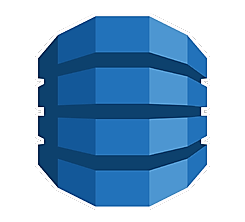
Amazon DynamoDB is a managed NoSQL database service for key-value and document storage. It automatically manages data replication, backup, and security, supporting applications requiring high throughput and minimal operational overhead. It is used in gaming, IoT, and serverless computing environments.
Key features include:
- Fully managed & serverless: Eliminates the need for infrastructure management, automatically scaling based on demand.
- Low latency: Provides fast and predictable performance at scale.
- On-demand and provisioned capacity modes: Allows scaling to match workload demands.
- Global tables: Enables multi-region replication for globally distributed applications.
- AWS integration: Works with AWS Lambda, API Gateway, and other AWS services.
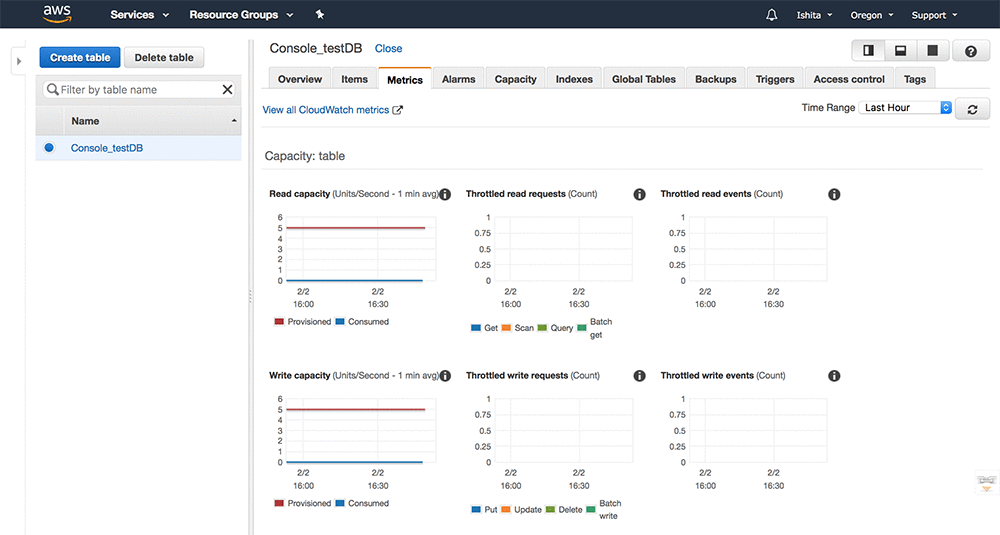
Source: Amazon
3. Amazon Keyspaces
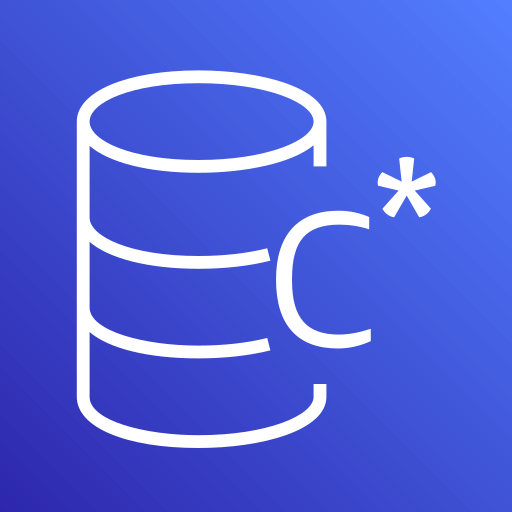
Amazon Keyspaces is a scalable, managed Apache Cassandra–compatible database service that runs on AWS. It supports Cassandra Query Language (CQL) and allows developers to migrate existing Cassandra workloads to a serverless, fully managed environment without provisioning infrastructure.
Key features include:
- Cassandra-compatible: Supports CQL and Cassandra drivers for seamless migration.
- Serverless architecture: Automatically scales capacity based on application traffic.
- High availability: Built on AWS infrastructure for durability and fault tolerance.
- Integrated monitoring: Works with Amazon CloudWatch for performance and usage tracking.
- Secure by default: Provides encryption at rest and in transit, along with IAM integration.
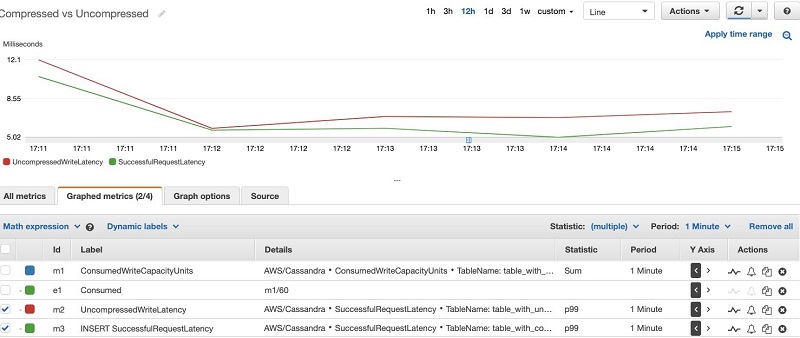
Source: Amazon
4. Azure Cosmos DB

Azure Cosmos DB is a fully managed, globally distributed NoSQL database service for low-latency, high-availability applications. It supports multiple data models, including key-value, column-family, document, and graph databases. Its global distribution capabilities suit applications that require real-time data access across multiple locations.
Key features include:
- Multi-model database support: Works with SQL, MongoDB, Cassandra, Gremlin (graph), and Table APIs.
- Global distribution: Automatically replicates data across Azure regions for low-latency access.
- Multi-master replication: Ensures high availability with automatic conflict resolution.
- Guaranteed performance SLAs: Offers SLAs for availability, throughput, latency, and consistency.
- Fine-grained security: Provides role-based access control and compliance with security standards like GDPR and HIPAA.
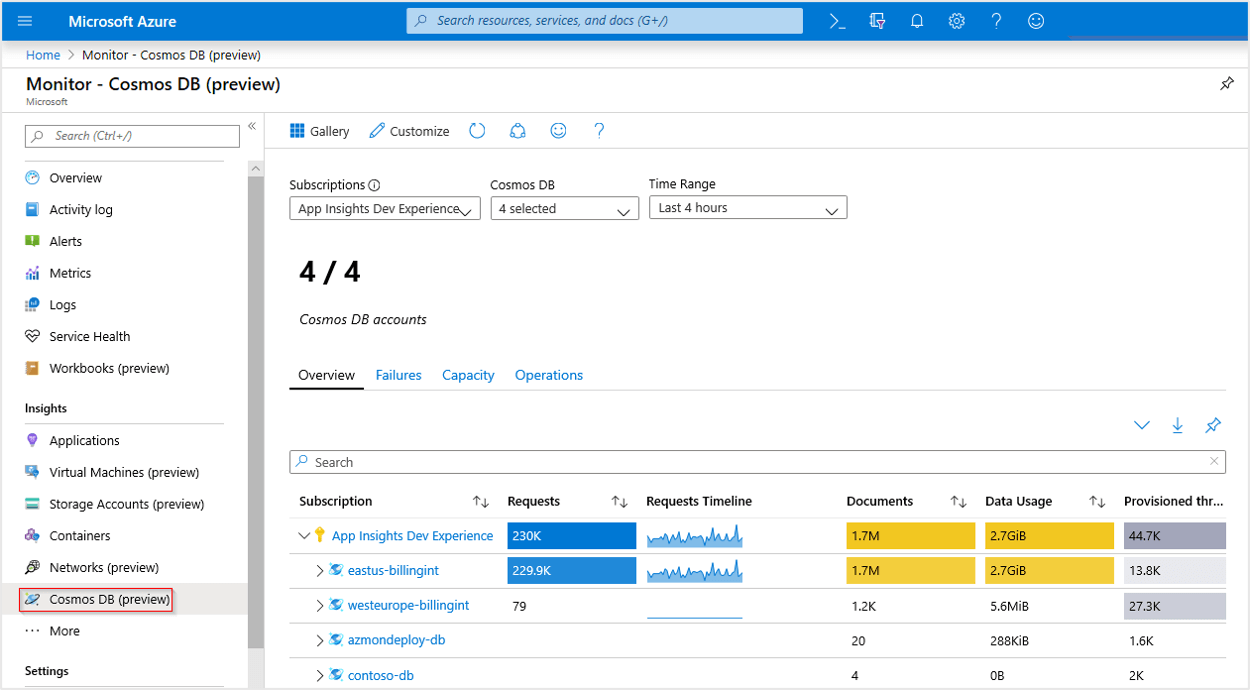
Source: Microsoft
5. Azure Managed Instance for Apache Cassandra
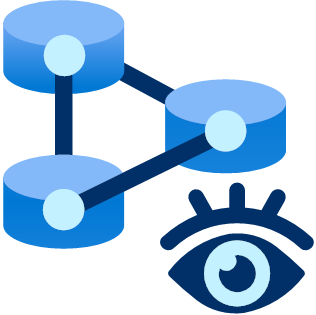
Azure Managed Instance for Apache Cassandra enables users to run Cassandra workloads in a managed Azure environment. It simplifies deployment and scaling of Cassandra clusters while maintaining compatibility with existing tools and applications.
Key features include:
- Hybrid deployments: Supports integration with on-premises and cloud-based Cassandra clusters.
- Managed scaling: Handles node operations and scaling with minimal manual intervention.
- Compatibility: Maintains API and protocol compatibility with open source Cassandra.
- Monitoring & automation: Integrates with Azure Monitor and automates backups and patching.
- Security integration: Supports Azure Active Directory and virtual network configurations.
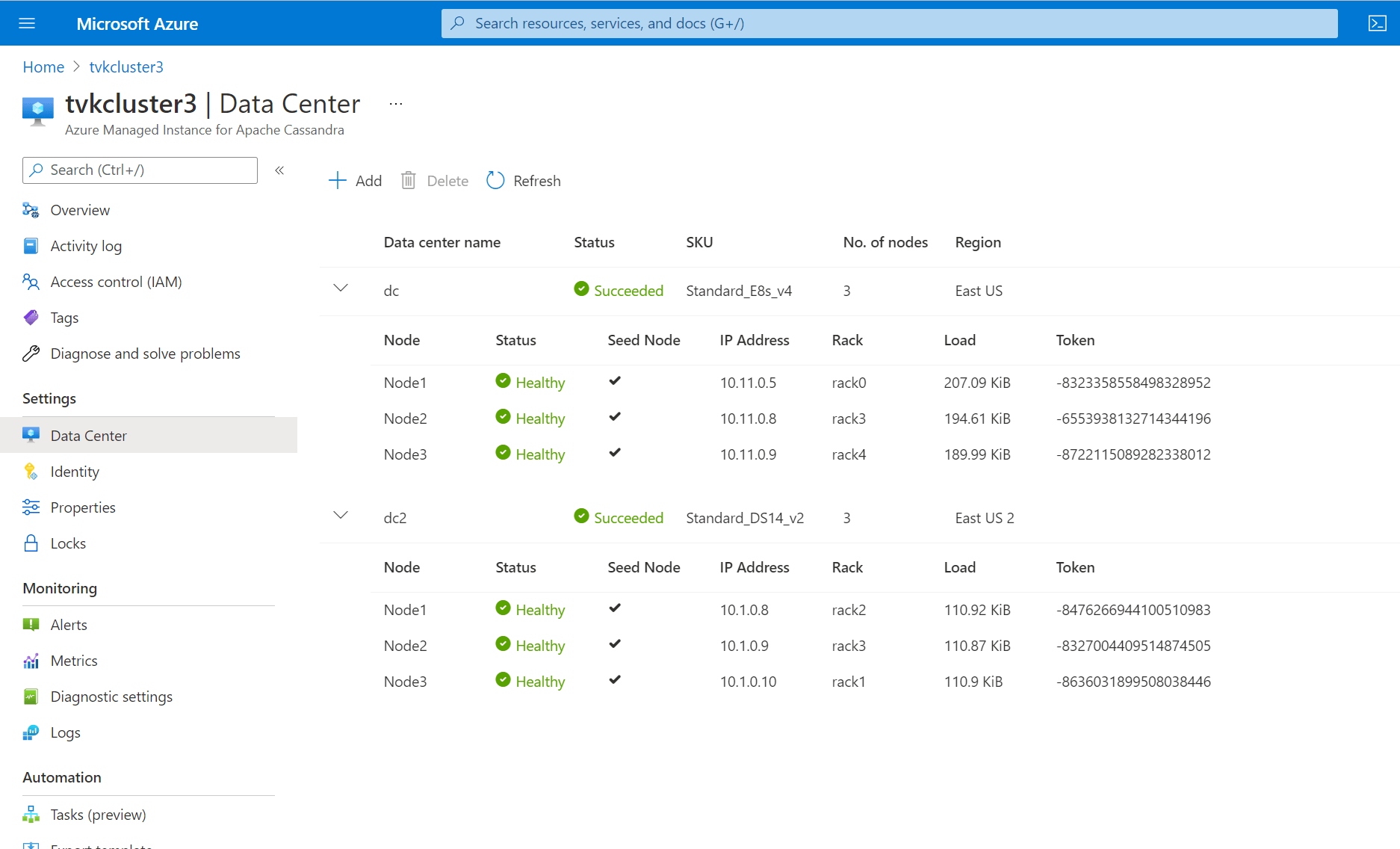
Source: Microsoft
6. Google Cloud Bigtable
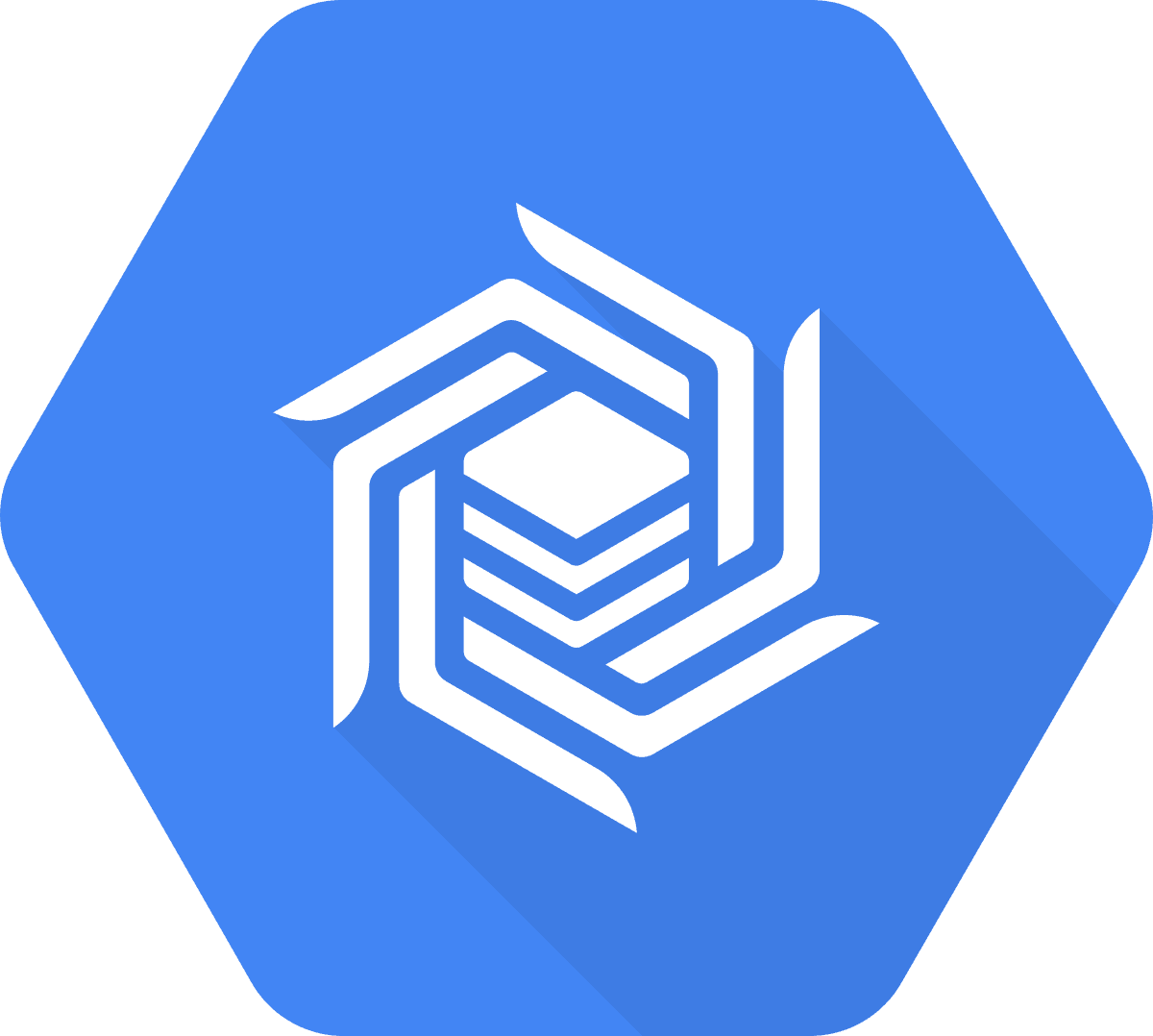
Google Cloud Bigtable is a fully managed, scalable NoSQL database built for big data applications. It is optimized for high-throughput workloads, including real-time analytics, time-series data, and IoT applications.
Key features include:
- Scalability: Handles petabyte-scale datasets with automatic sharding.
- Low-latency reads & writes: Optimized for high-throughput and fast access times.
- Column-oriented storage: Suitable for time-series data, logs, and analytical workloads.
- Google Cloud integration: Works with BigQuery, Dataflow, and AI/ML tools.
- High availability & consistency: Provides strong consistency guarantees with automatic replication.
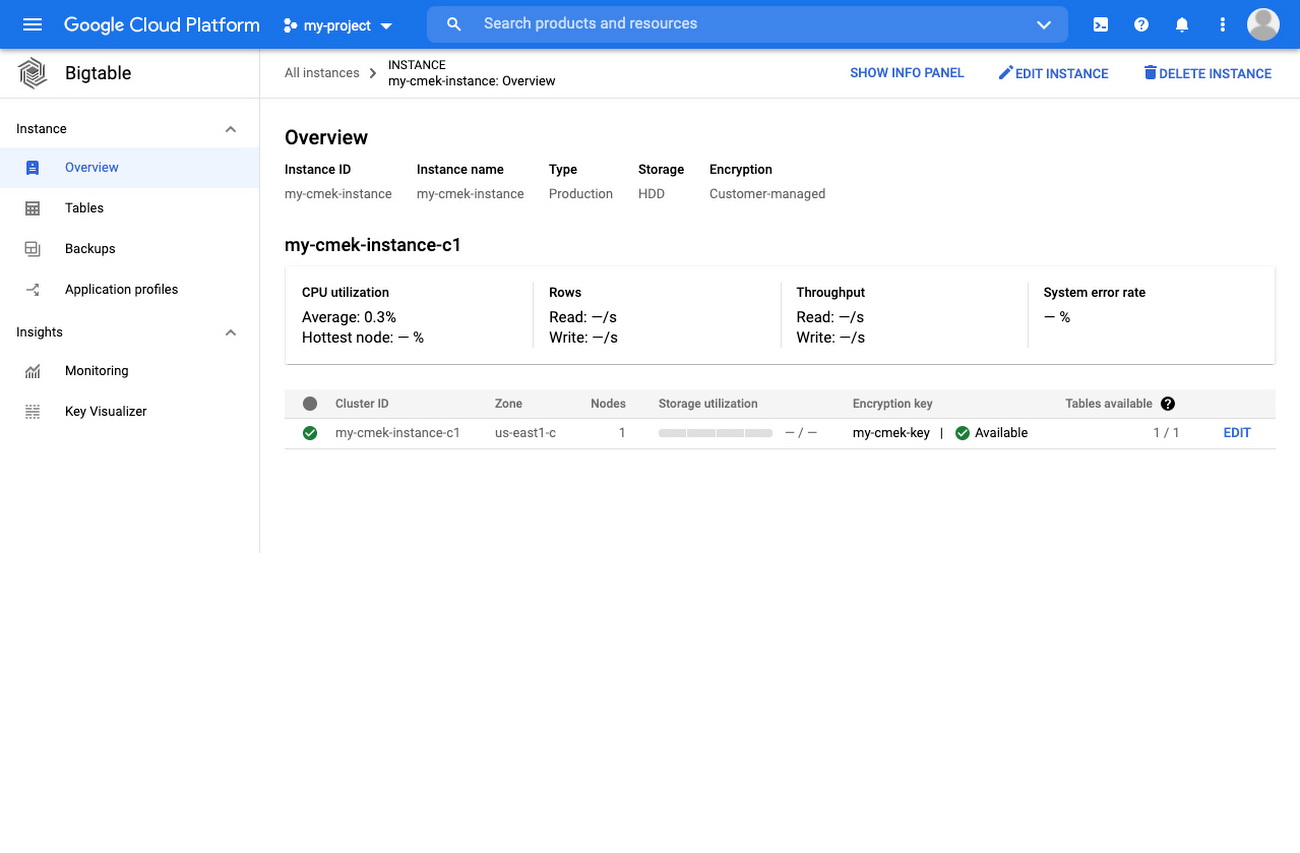
Source: Google Cloud
7. OVHcloud Managed Cassandra
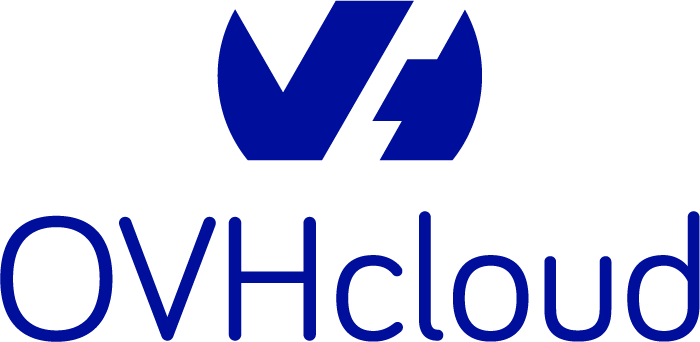
OVHcloud Managed Cassandra delivers a hosted Cassandra service focused on performance and resilience. It provides automated infrastructure management and simplifies scaling and monitoring for high-availability workloads.
Key features include:
- Dedicated clusters: Provides isolated environments with customizable configurations.
- Automated maintenance: Includes patching, upgrades, and health checks.
- Performance monitoring: Offers dashboards and logs for real-time observability.
- Data durability: Replicates data across multiple nodes for fault tolerance.
- Security options: Supports private network access and data encryption.
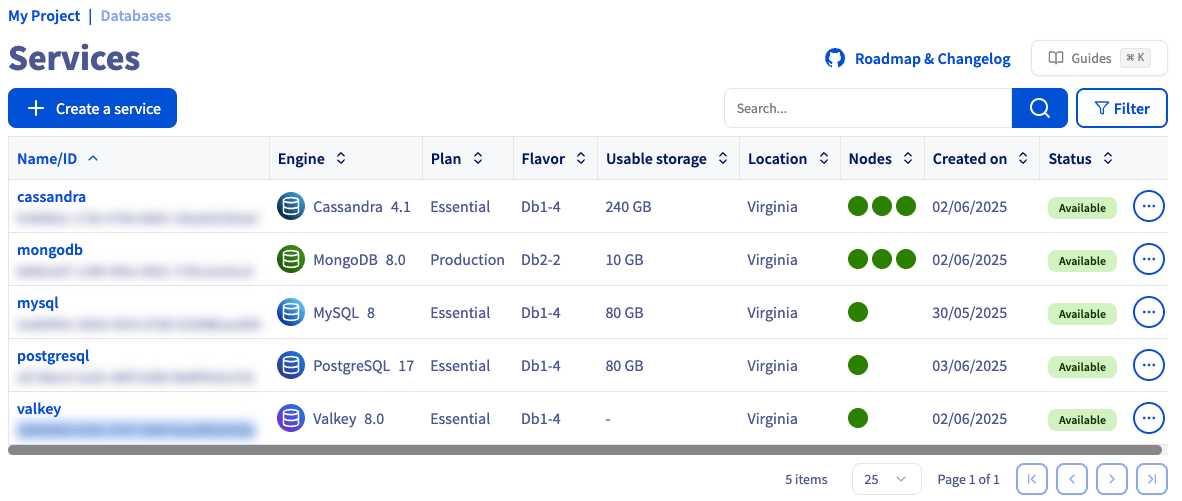
Source: OVHcloud
Related content: Read our guide to DataStax Studio
Conclusion
The database management landscape is evolving rapidly, with numerous solutions catering to different scalability, performance, and flexibility needs. Organizations must assess their requirements, including workload demands, data consistency needs, and cloud integration preferences, to select the right platform. As competition intensifies, innovation in distributed databases and NoSQL technologies will continue to shape how businesses handle large-scale data processing and real-time applications.